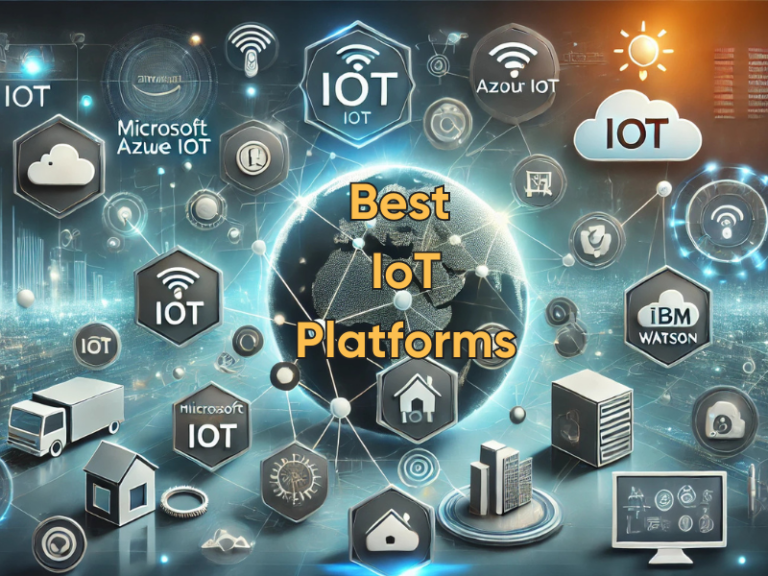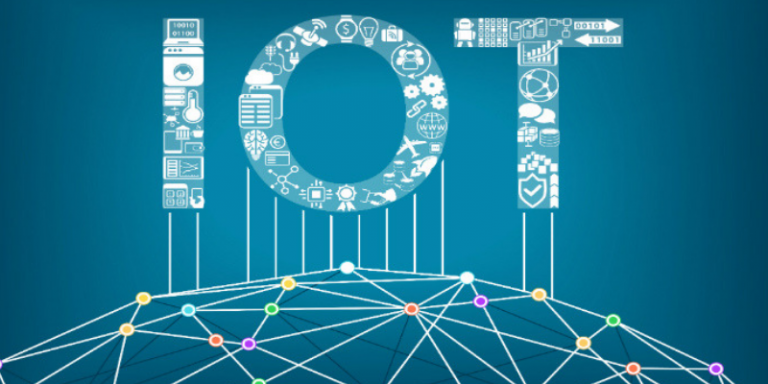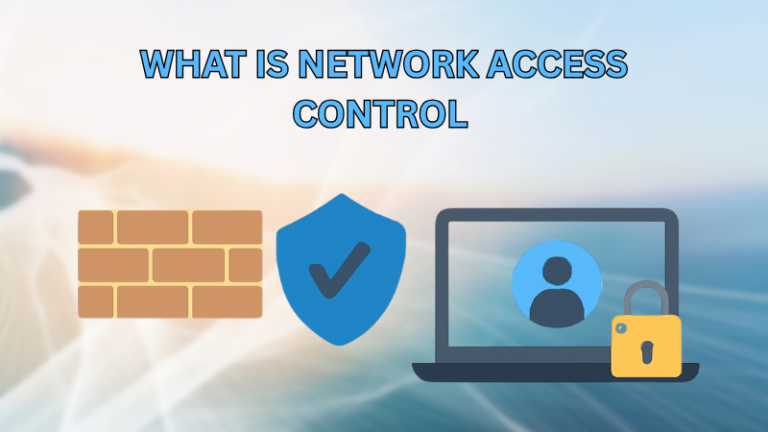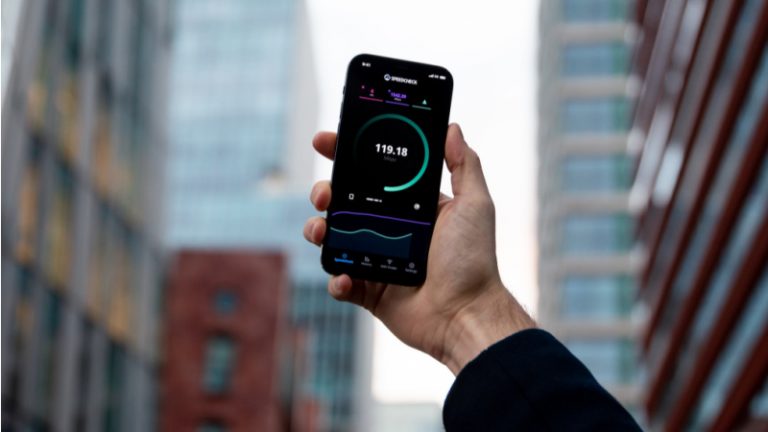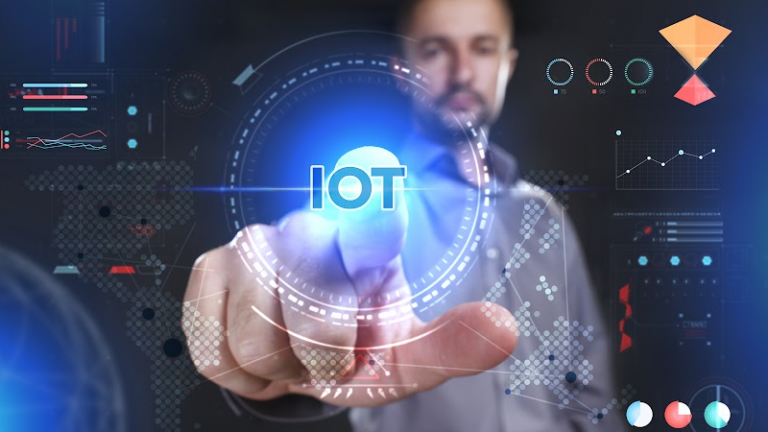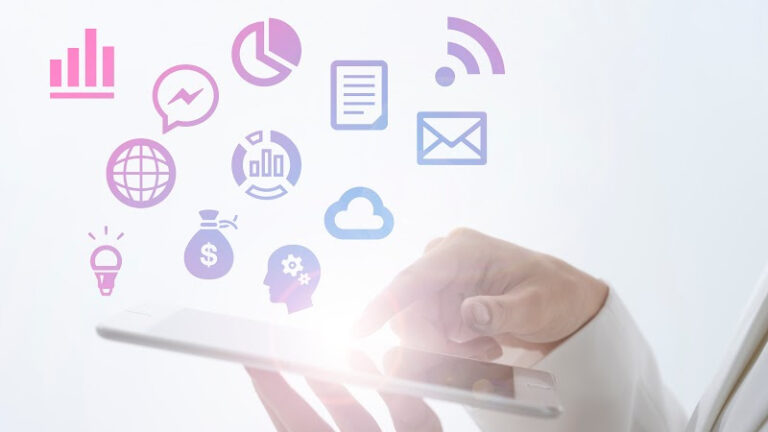IOT in Manufacturing, Education and Supply Chain
The Internet of Things (IoT) has significantly changed our daily lives. Nowadays, even individuals who are not technologically inclined are taking advantage of the benefits IoT offers. This concept brings convenience and comfort to our lives. It connects everyday objects we use to the internet, for example, IoT in Manufacturing. And by so doing, it helps us make the world a better place.
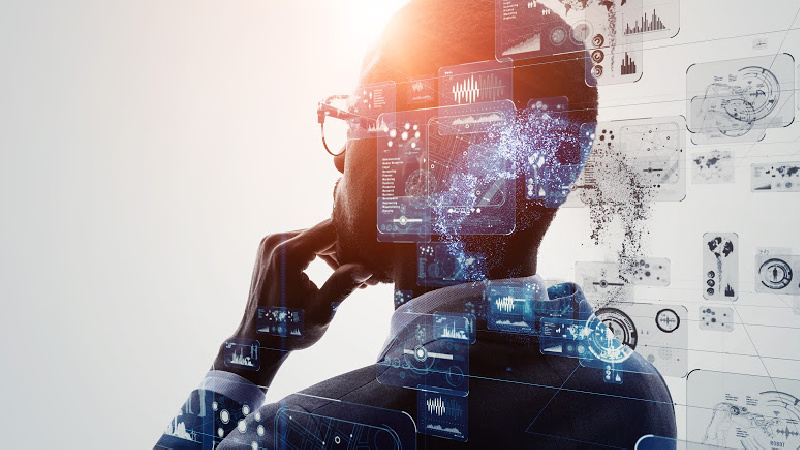
However, many people view IoT as a high tech concept. Thus they think that only mega-corporations benefit from it and that, it has no importance to an ordinary person. But, this isn’t the case because as far as IoT is concerned, it is the future technology and will impact almost all aspects of our life. Continue reading to learn how IoT changes our lives.
First, What Is IoT?
Before we talk about how IoT impacts different sectors, it’s essential that we begin our discussion from this point. So what is IoT actually? The Internet of Things is the items that we use every day that connect to the internet. As such, we can control and receive data about that object from our computers or smartphones. Here are some examples of how we use IoT:
-
Smart assistants like Apple’s Siri and Amazon’s Alexa
-
Remote-controlled door locks
-
Smart home hubs for controlling lighting, heating, and cooling
-
Sleep and fitness trackers
-
Smart appliances like refrigerators and washers
IoT is even seen in customer trends, for example, in smart athletic shoes and activewear. Plus, nowadays, vehicles are connected and we can know how close we’re to our uber and which routes to take to beat traffic. Almost everyone is using a type of IoT application and we’re benefiting from the information and convenience this technology gives, which as a result, helps us save time. That said, here is how IoT impacts several industries. More about Internet of Things.
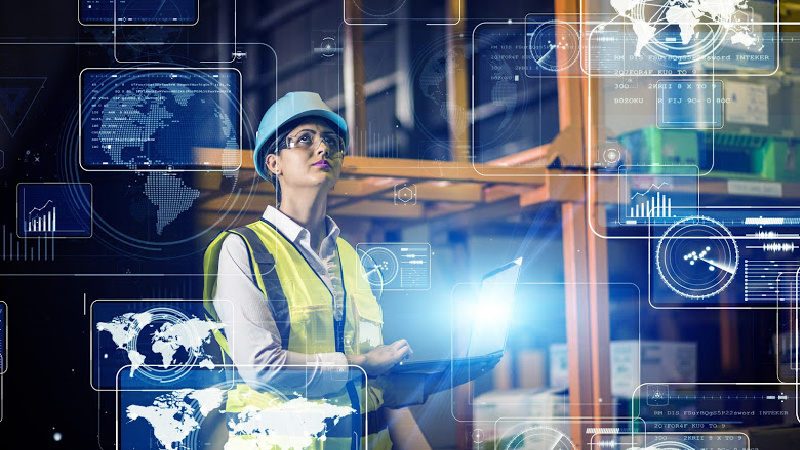
IoT in Manufacturing
The IoT in manufacturing benefits both producers and their target customers. Manufacturers can now use different smart equipment to observe and service distantly. Therefore, helping companies to know the needs of their customers.
The manufacturing industry is among those leading in the Internet of Things for various reasons. Actual deployments of IoT offer rapid returns hence enabling manufacturers to operate efficiently and help them remain customer-centered. Here are some examples of IoT in manufacturing.
Tracking of Assets- manufacturers use mobile applications on iOS or Android to obtain information about their assets and make informed decisions. These apps optimize logistics, maintain stocks and reveal any thefts or violations.
Managing Logistics– IoT connections between several systems and devices are essential to transportation companies. They can manage their automotive fleet using an IoT driven device, which reduces the risks concerning vehicles, staff, and transportation. Additionally, manufactures can use IoT for repairs and fuel expenditures by optimizing tasks covering fuel costs, smart delivers, etc. Also, they can get a driver’s and vehicle’s performance information in real-time, which helps raise the safety of a technician and ultimately reduce insurance payments.
Predictive Repair– Manufacturers can obtain maintenance data by connecting smart gadgets equipped with sensor points like temperatures to other devices or legal systems. As such, they can estimate the condition of the machine in question, warning signs, and activate a repair process. This ensures fast-paced, automated maintenance and it also saves money compared to traditional preventive measures since repair actions are taken exactly where the problem is.

IoT in Education
While IoT isn’t a common application in education, learning institutions are taking advantage of its potential. It gives teachers tools to improve the efficiency of learning and connect with students on a higher level. Some IoT in education sector include:
Increases Safety– schools have invested in audio enhancers, emergency indicators, Wi-Fi clocks, as well as notifications for those with hearing impairments to improve security. If there is a short circuit in the school, for instance, IoT sensors detect it immediately and alert the responsible person. If a person gets stuck in the lift, they also sense an automated alert. Additionally, they can detect any chance of a natural calamity occurring like an earthquake or fatal weather and alert the school.
Smart Boards– nowadays, most teachers prefer using smart boards compared to the traditional boards. These boards are whiteboards that help make classes more interactive and exciting. Teaching using a blackboard can sometimes cause perception clashes. Therefore, creating confusion among students. But with smart boards, teachers can use tutorial videos, infographics, and complex formulas of any subject, which make solving problems easier.
Educational Apps– these are creative tools that are transforming how teaching and learning are done. They enable learners and teachers to create 3D graphics textbooks that are capable of taking notes and have educative videos. They also feature several educational games that make learning more interesting. As such, education nowadays is appealing.
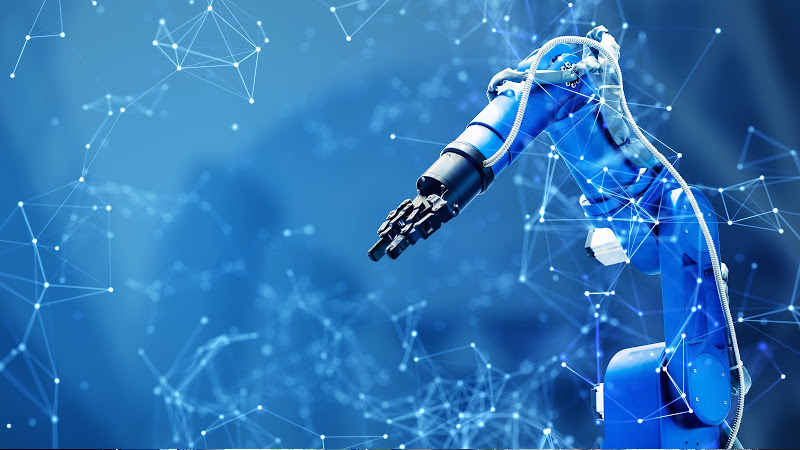
IoT in Supply Chain
Not only IoT in manufacturing but also it has revolutionized the management of the supply chain. Therefore, it’s easier to understand the location of the goods, their storage, and the dates they are estimated to arrive at an expected location. IoT in supply chain:
Betters the Inventory Solutions– IoT sensors can attached to various components to help in managing inventory. Having an IoT inventory system can help monitor crucial elements of the supply levels in real-time. Hence help businesses to make informed choices while preventing losses. Individuals can analyze data from that system to predict the future needs of a business. By providing helpful insights and helping enterprises to efficiently manage their inventory needs, it eliminates the need for hiring human employees which saves the company money.
Real-time Tracking– all enterprises can benefit from transparency and accountability. Using IoT devices like GPS monitors allow merchants to track everything on the supply chain, including the location of a shipment and its current temperature. Real-time tracking is essential, especially when transporting valuable and time-sensitive items. It enables one to map all stages of the shipment by analyzing IoT data and using device check-ins.
Monitor Storage Conditions- some perishable and chemical goods need proper storage conditions. With an IoT device, businesses will be informed of the atmosphere their product is exposed, the light intensity, humidity, temperature, and other environmental factors. Should any threshold breached, this device alerts the owner. As such, it reduces spoilage.
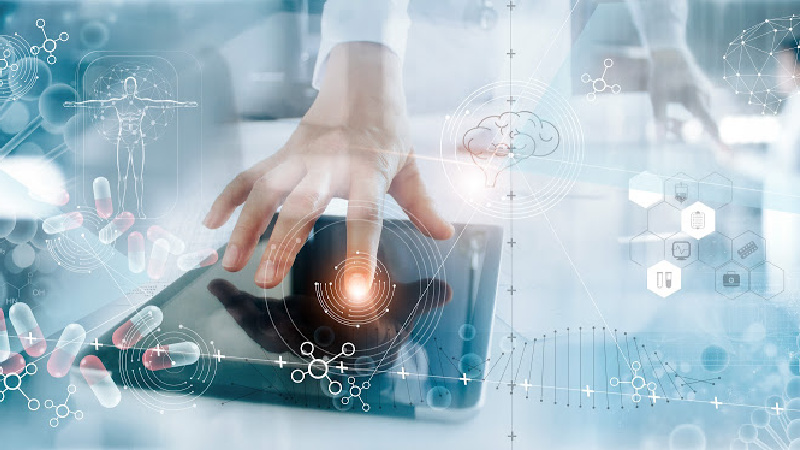
Conclusions
IoT is a remarkable concept. While it is still theoretical in one way, most sectors have utilized it, and it’s now impacting our day-to-day lives. This concept is changing the world through supporting and encouraging unimaginable new opportunities. However, we are still at the beginning of this journey. And, therefore, expect to see more of this cutting-edge technology in the future in all sectors.
